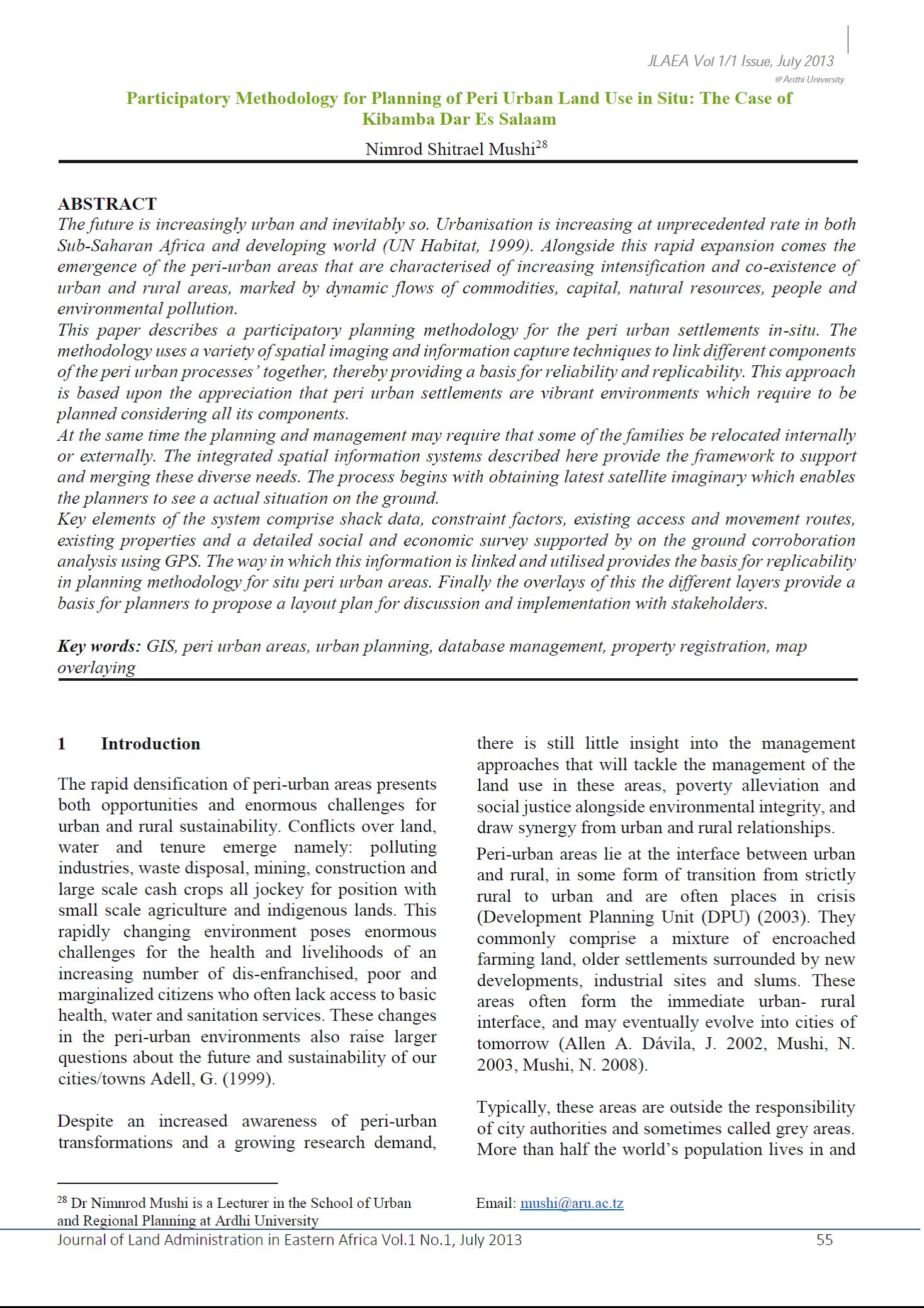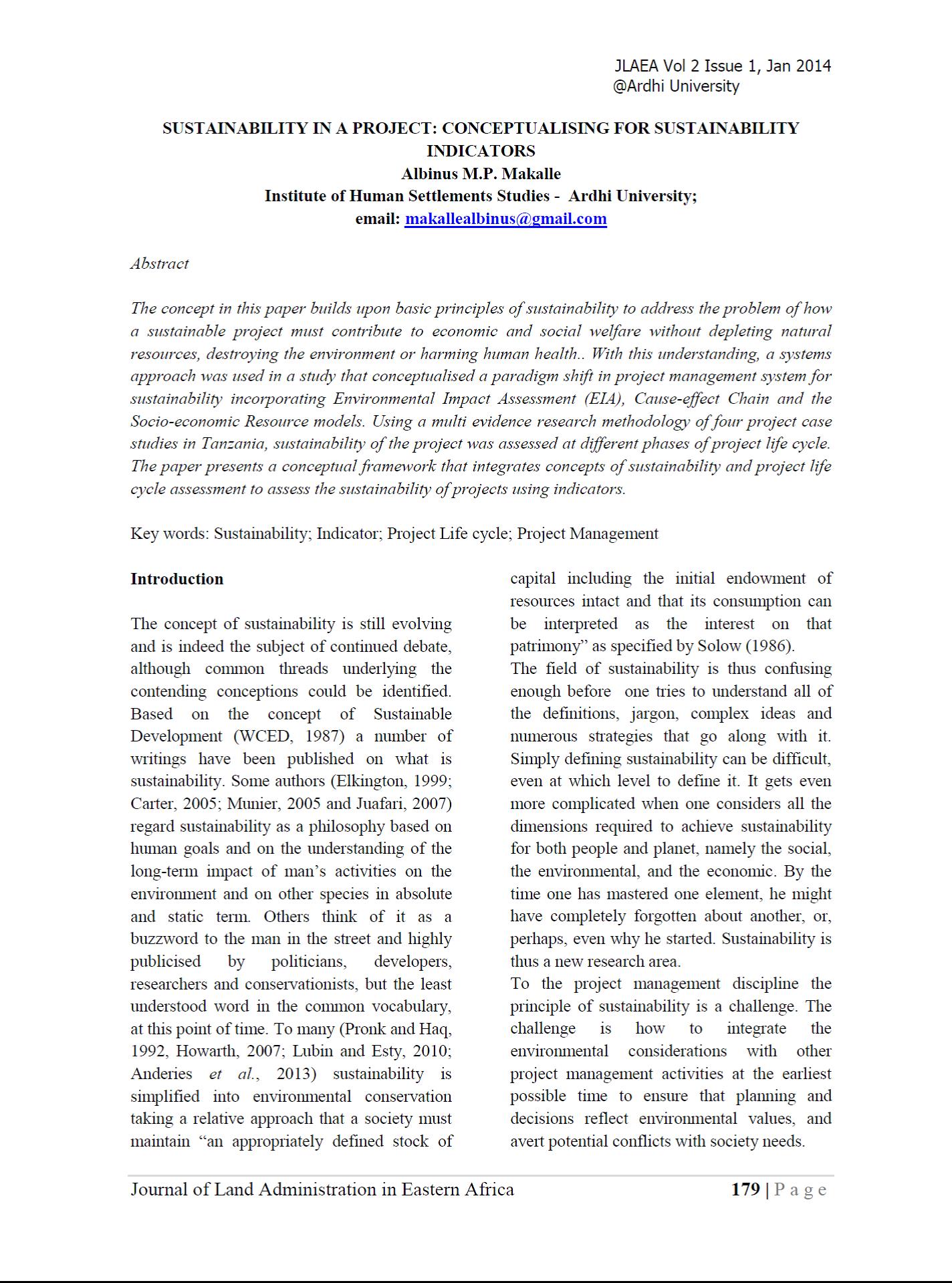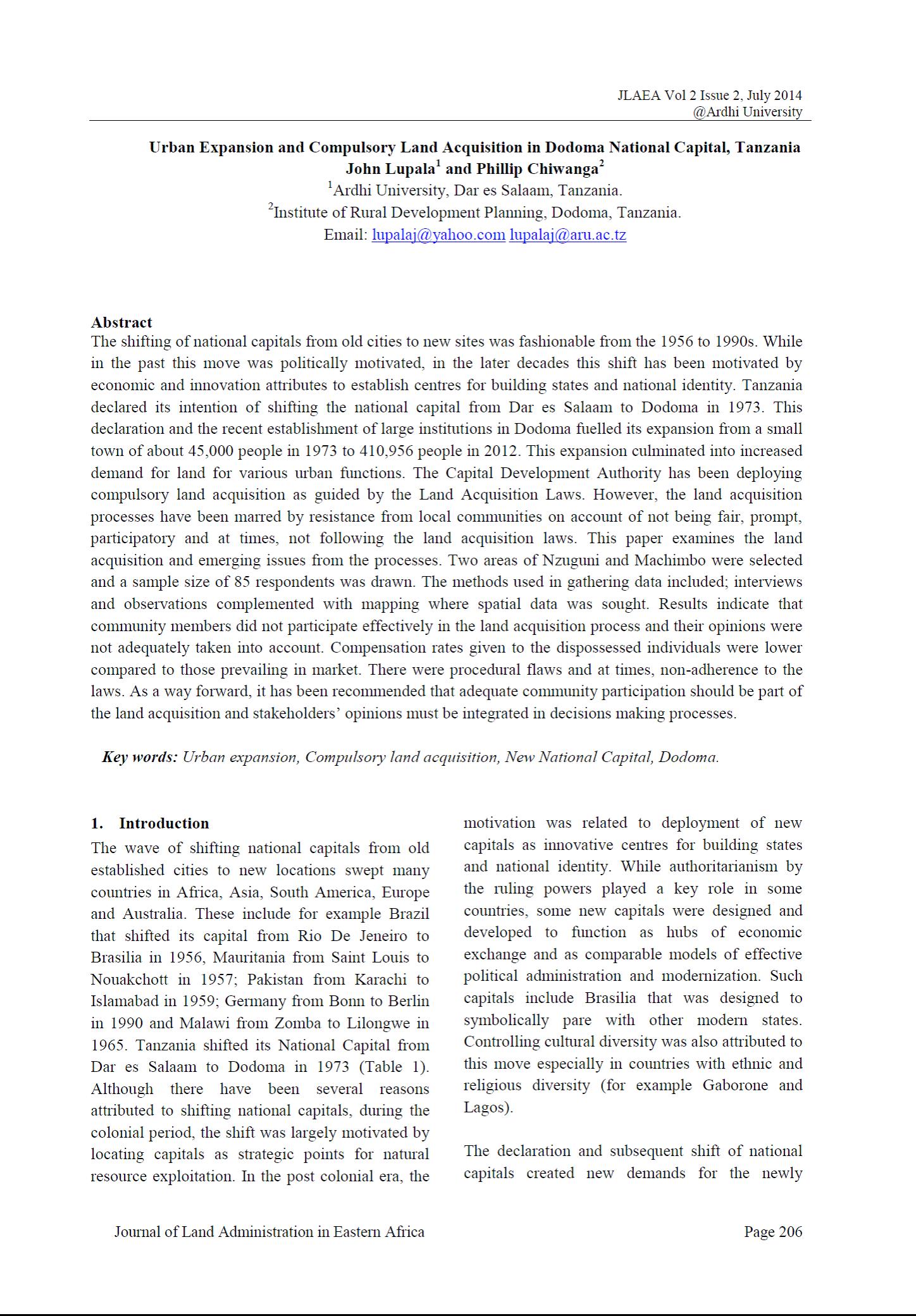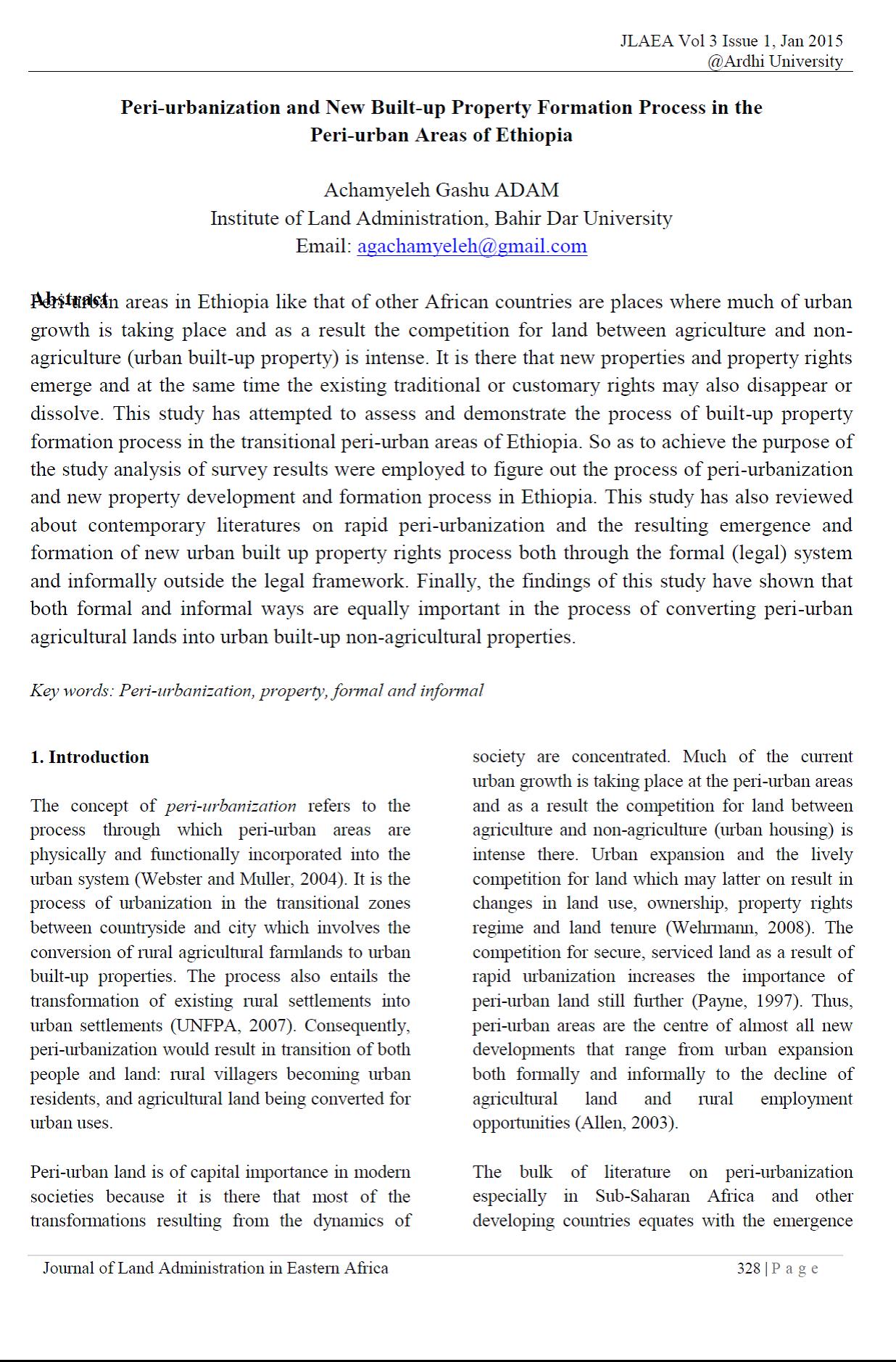Gobernanza de la tierra por parte de mujeres y hombres
Documento de trabajo sobre la tenencia de la tierra 19. Este documento se enmarca dentro de la consulta global de las Directrices Voluntarias y su proceso de desarrollo y es una aportación para la preparación posterior de la Guía Técnica de Género. En él se contextualiza y se define el concepto de género en las Directrices Voluntarias, se trata el significado de gobernanza de tenencia desde la perspectiva de género y se identifican y analizan los temas y aspectos claves.










